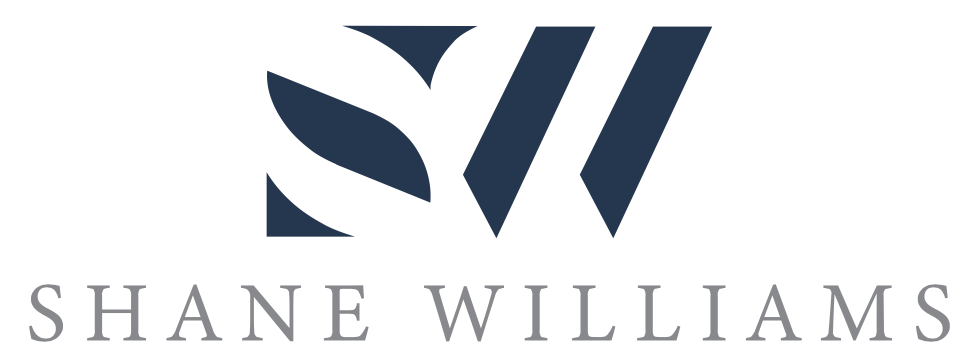Why Your Server Security Playbook is Sabotaging Your AI Strategy
The same governance framework that protects your servers is strangling your AI potential.
Your IT team has spent decades perfecting the art of saying no.
They've built fortress-like governance around your servers, networks, and data. Every new tool goes through months of security reviews, compliance checks, and risk assessments.
This approach worked brilliantly for traditional IT. But it's catastrophic for AI adoption.
The Observation: Traditional Governance is an AI Innovation Killer
Watch what happens when someone in your organisation suggests using AI tools.
The governance machine springs into action. Forms to complete. Committees to consult. Policies to review. Risk assessments to conduct.
Meanwhile, your competitors are already using AI to serve customers faster, analyse data deeper, and operate more efficiently.
Your people aren't waiting for approval either. They're using ChatGPT, Claude, and dozens of other AI tools anyway. They're just not telling you about it.
The result? You get the worst of both worlds - no strategic AI adoption and zero control over what's actually happening.
The Value: Why Protective Frameworks Matter More Than Ever
Here's what most businesses miss about AI governance.
Traditional IT governance protects static systems. AI governance must enable dynamic experimentation.
Your servers don't learn, adapt, or surprise you. AI tools do all three constantly.
This creates new risks:
• Data exposure through prompt injection
• Model hallucinations affecting business decision
• Vendor lock-in with rapidly evolving AI platforms
• Compliance gaps in highly regulated industries
• Skills gaps that create operational dependencies
But the biggest risk isn't using AI incorrectly. It's not using AI at all while your market moves forward without you.
The Contrarian Insight: Smart Constraints Accelerate Innovation
Here's the paradox that transforms AI adoption: the right guardrails make you move faster, not slower.
Think about a highway. Speed limits, lane markings, and crash barriers don't slow traffic down. They enable cars to travel at 100km/h safely.
Remove those guardrails, and everyone crawls forward at 20km/h, terrified of crashes.
Smart AI governance works the same way.
Instead of asking "How do we stop this?", ask "How do we make this safe?"
Replace lengthy approval processes with rapid experimentation frameworks:
• 30-day AI pilot programs with clear success metrics
• Approved vendor lists for different risk categories
• Data classification guidelines for AI tool usage
• Training pathways for different skill levels
• Clear escalation paths for complex use cases
The Framework That Actually Works
The businesses winning with AI don't have fewer rules. They have smarter ones.
They've replaced governance with guardrails.
Governance asks: "What could go wrong?"
Guardrails ask: "How do we make this work safely?"
Governance creates committees.
Guardrails create experiments.
Governance writes policies.
Guardrails build capabilities.
Your people want to use AI tools to be more productive. Your customers expect AI-enhanced service levels. Your competitors are already moving.
The question isn't whether AI adoption will happen in your organisation. It's whether you'll lead it or be dragged along by it.
Stop strangling your AI potential with server-era thinking. Start accelerating innovation with guardrails that protect and enable.
Follow me for more insights on getting AI adoption right.
